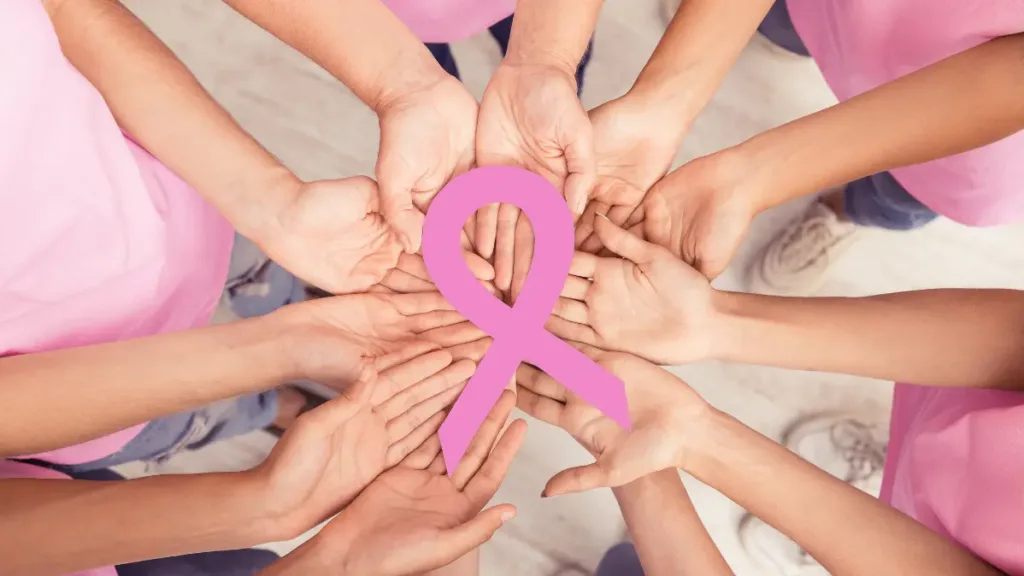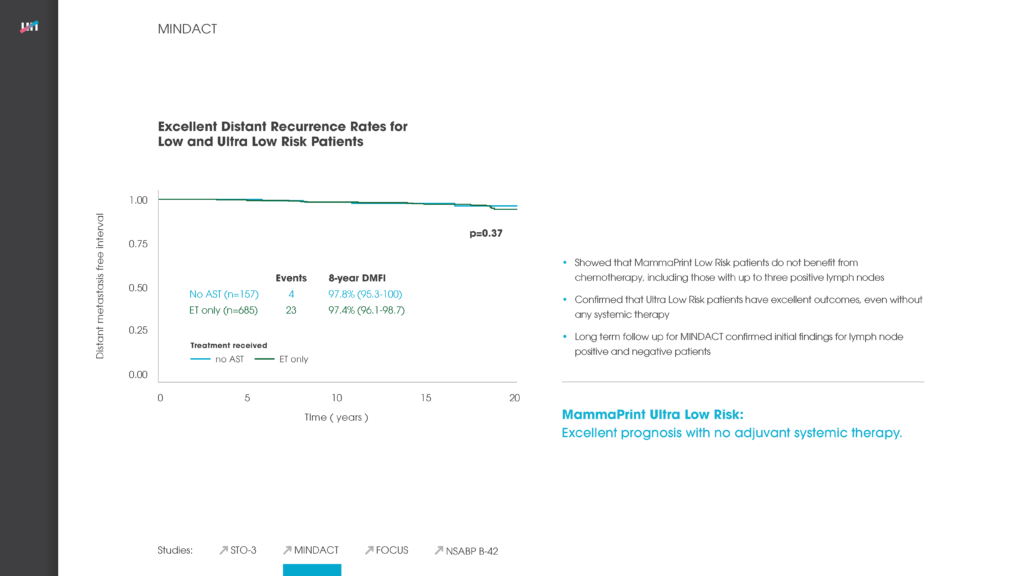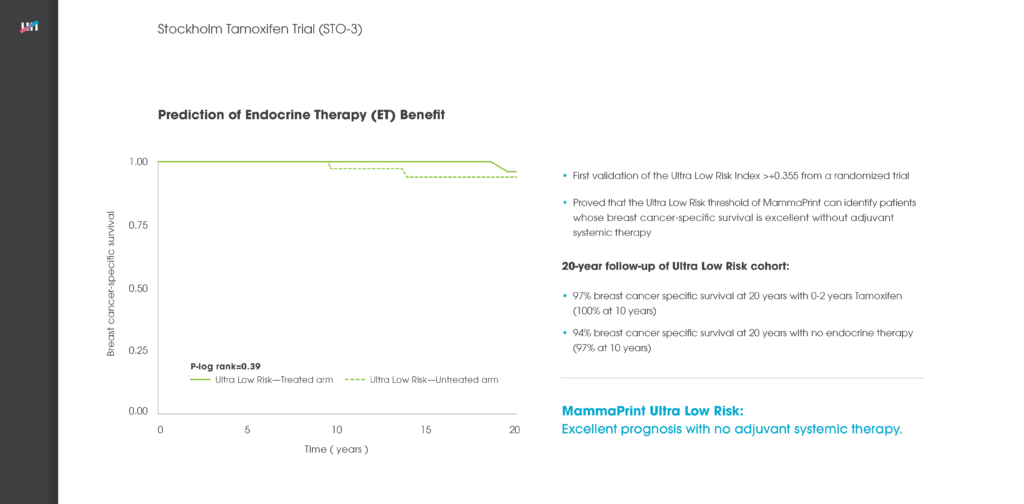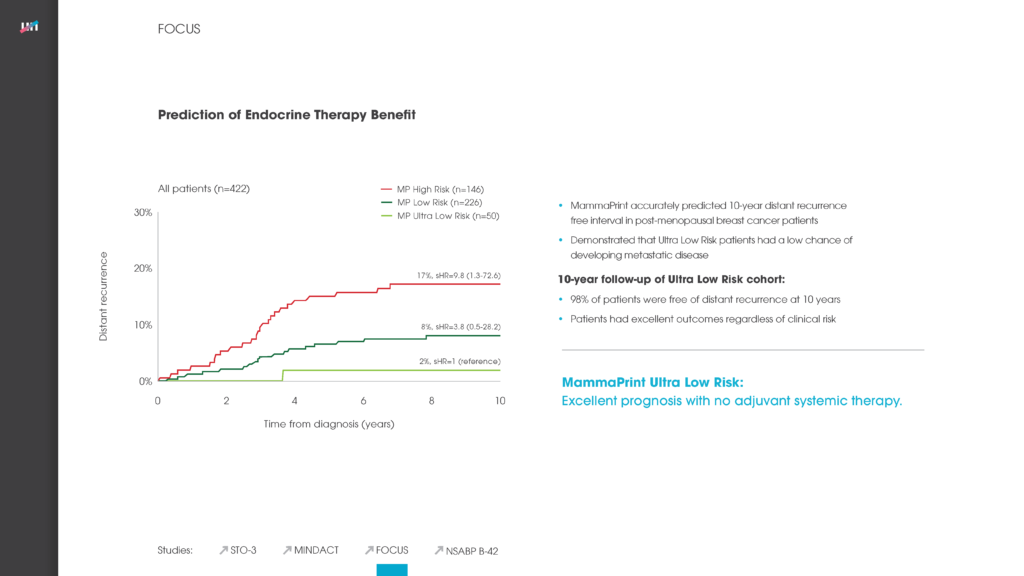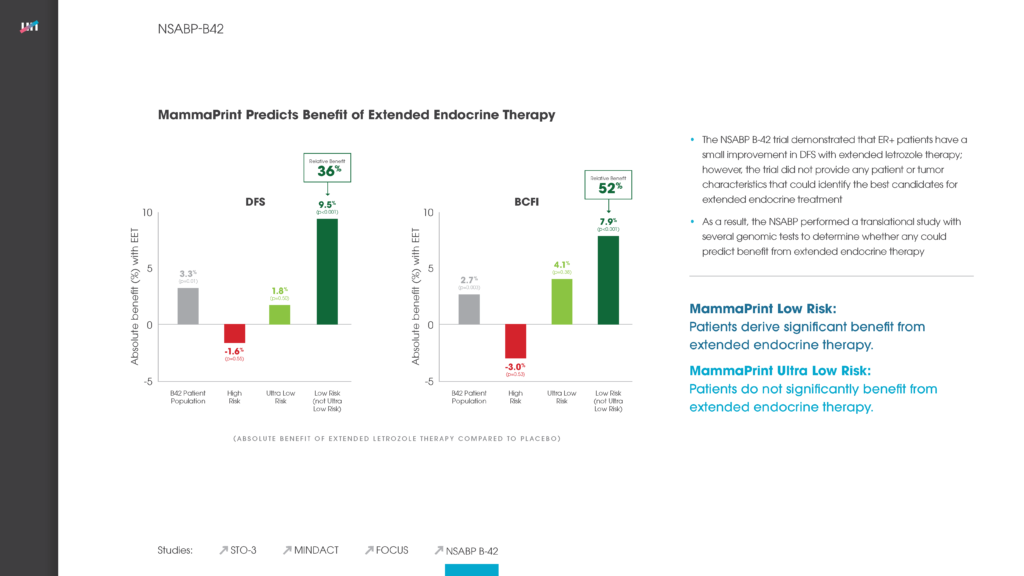Breast cancer is the most common cancer among women, with about 1 in 8 women being diagnosed in their lifetime.[1] It also accounts for nearly 30% of all new female cancer diagnoses each year, with a median age of 62.[1] Men can also develop breast cancer, although it is much less common. While there are many different types of breast cancer, it is essential to understand and perform breast self-exams and undergo routine screenings as directed by your health care team.
The American Cancer Society recommends women over the age of 45 start breast cancer screening with a mammogram every year, while women ages 40 and 44 should have the option to do so.[2] They also recommend women aged 55 or older consider getting mammograms yearly or every two years.[2] Although regular screening is essential, it is also important to do breast self-exams and understand what your breasts usually look and feel like to detect changes that may occur between screenings.
Typical breast cancer symptoms include:[3]
- New lump or mass
- Thickening or swelling of part of the breast
- Breast dimpling
- Changes in size or shape
- Nipple changes
- Changes in color
- Redness or rash
- Nipple discharge, if not breast milk
- Swollen lymph nodes
It’s important to note that many of these common changes can also be caused by benign or non-cancerous breast conditions. However, it’s vital to have any new breast mass, lump, pain, or other change looked at by an experienced medical professional. It’s also significant to note that many women may not experience any symptoms, which is why screening is so important to help detect cancer before it causes symptoms.[2]
Breast Cancer Signs
Lumps in the Breast or Underarm
Lumps in the breast or underarms can be one of the early signs of breast cancer. These lumps may feel hard or firm and can be painless or tender to the touch. It is important to consider that not all breast lumps are cancerous, as there are many benign (non-cancerous) conditions that can cause lumps in the breast or underarm area. However, if you notice any new or unusual lumps, it is recommended that you consult with a doctor for further evaluation and diagnosis. Early detection and prompt medical attention are crucial in the treatment of breast cancer.
Breast Dimpling
One of the early signs of breast cancer is breast dimpling. This is when the skin of the breast appears to be pulled inward or puckered, which can sometimes resemble the texture of an orange peel. This dimpling can occur in one or both breasts and can be accompanied by other symptoms such as breast pain or swelling.
Changes in Breast Size or Shape
Another early sign of breast cancer is a change in breast size or shape. This can be caused by a tumor growing in the breast, which can push the breast tissue outwards or cause it to sag. It is essential to pay attention to any changes in the appearance of your breasts, as this can be a sign of breast cancer.
Nipple Changes
Changes in the appearance of the nipples can also be an early sign of breast cancer. Changes can include nipple inversion, where the nipple turns inward, or changes in color or texture. In some cases, a discharge from the nipple may also be present. These changes can occur in one or both nipples and should be monitored closely.
Nipple Discharge
Nipple discharge can also be a symptom of breast cancer. It refers to any fluid that comes out of the nipple, other than breast milk, and can vary in color and consistency. While nipple discharge can be caused by various factors, such as hormonal changes, infection, or injury, it is important to consult with a doctor if you experience nipple discharge.
Breast Pain or Swelling
While a variety of factors can cause breast pain and swelling, they can also be early signs of breast cancer. This is especially true if the pain or swelling is persistent and does not go away with time or treatment. It is essential to consult with a doctor if you experience these symptoms, as they can be indicative of breast cancer.
Other Symptoms
In addition to the above signs, other symptoms may indicate the presence of breast cancer. These can include lumps or thickening in the breast tissue, redness or rash on the breast, and changes in the appearance of the skin on the breast. It is important to pay attention to any changes in your breasts and consult with a doctor if you notice anything out of the ordinary. Also, remember that some women may not experience any symptoms, so regular screenings are vital in early breast cancer detection before potential symptoms appear.
Breast Cancer Causes & Risk Factors
While there is no definitive cause for breast cancer, there are several factors that have been linked to an increased risk of breast cancer and developing the disease. Common breast cancer causes, and risk factors include genetic predisposition, hormonal factors, lifestyle choices (like excessive alcohol consumption and smoking), and environmental factors.[4]
Breast Cancer Symptoms Summary
By recognizing the early signs of breast cancer, conducting regular breast self-exams and screening, you can increase your chances of successful treatment and recovery should you detect breast cancer. If you experience any of the above-mentioned symptoms, it is important to consult with a doctor for proper diagnosis and treatment. Remember, early detection is vital in the fight against breast cancer.
Sources
- American Cancer Society. Key Statistics for Breast Cancer
- American Cancer Society. American Cancer Society Recommendations for the Early Detection of Breast Cancer
- CDC. Symptoms of Breast Cancer
- Mayo Clinic. Breast cancer – Symptoms and causes

